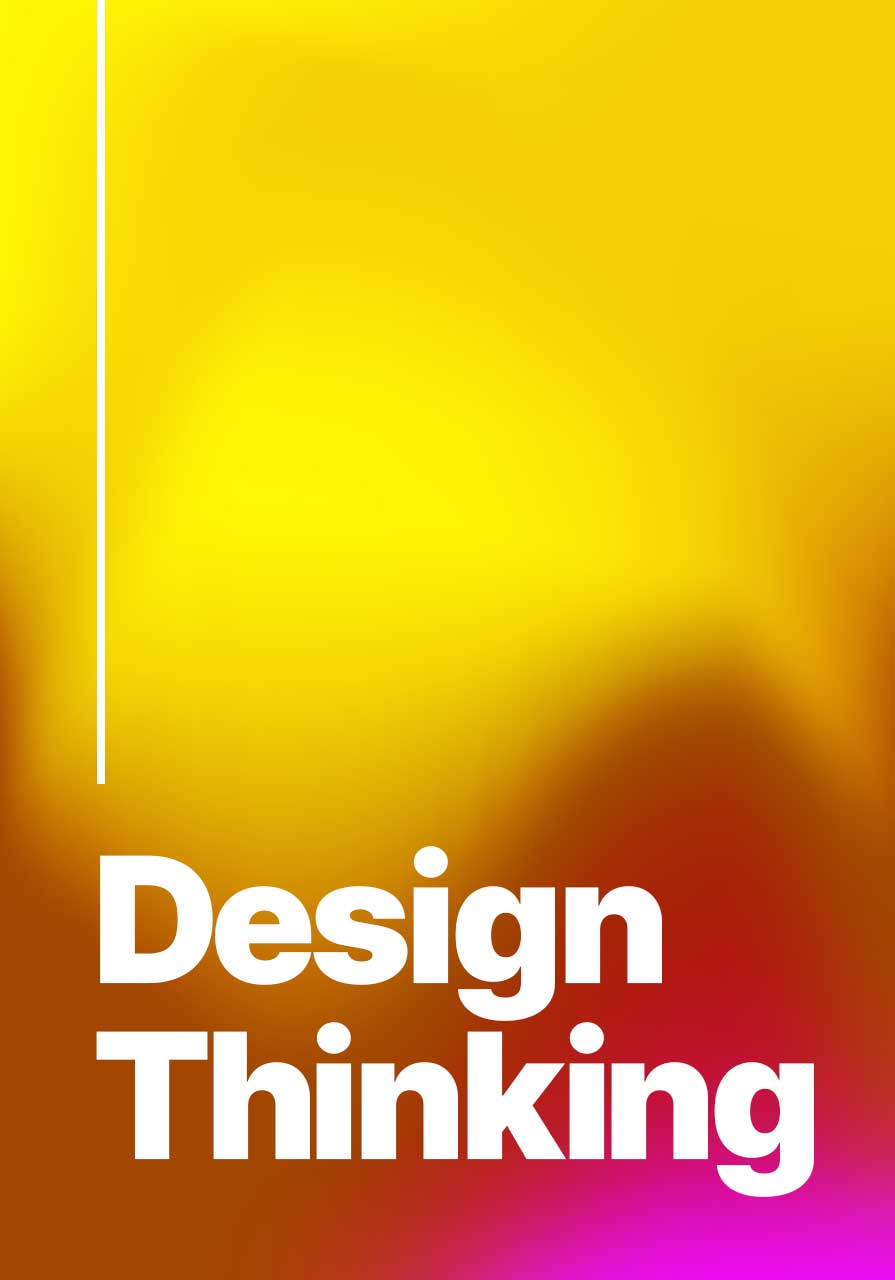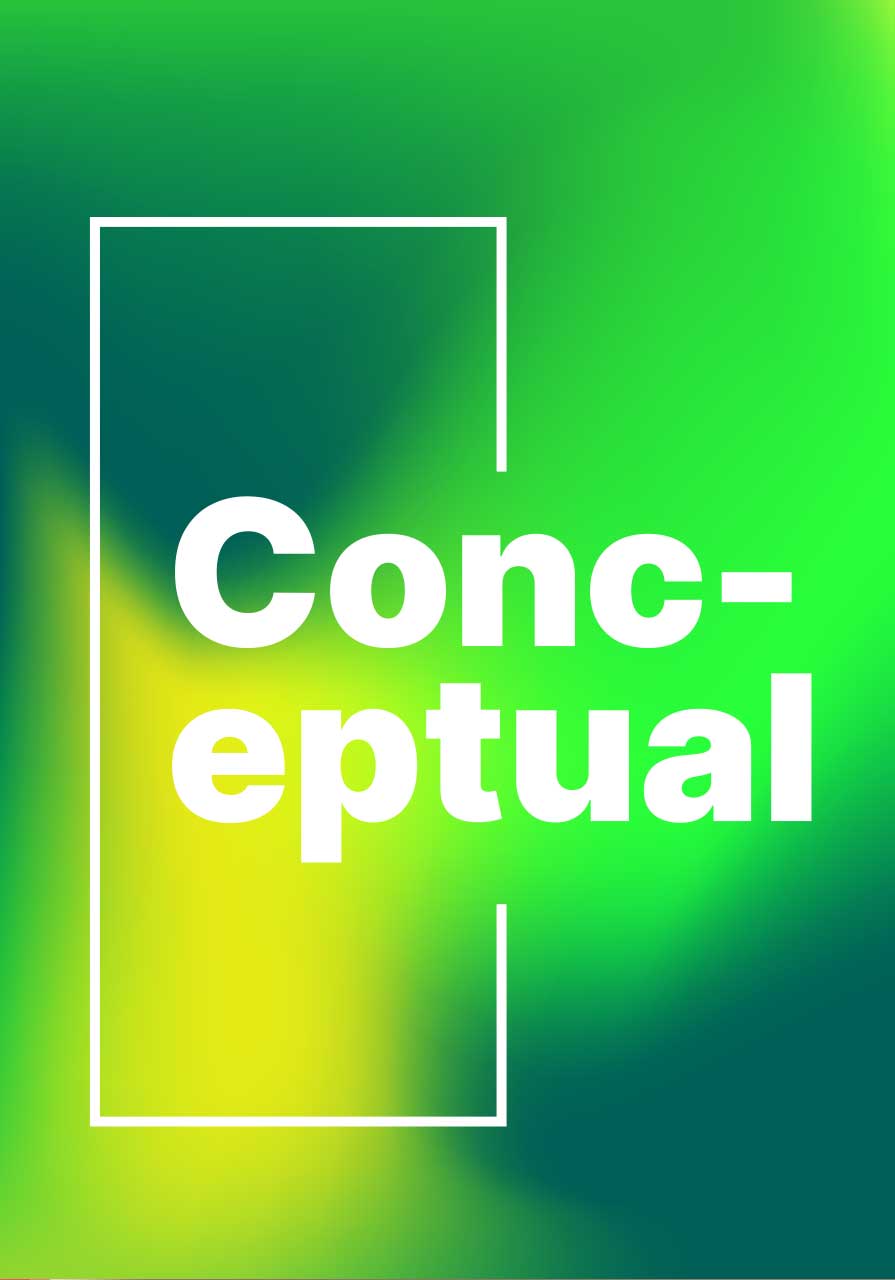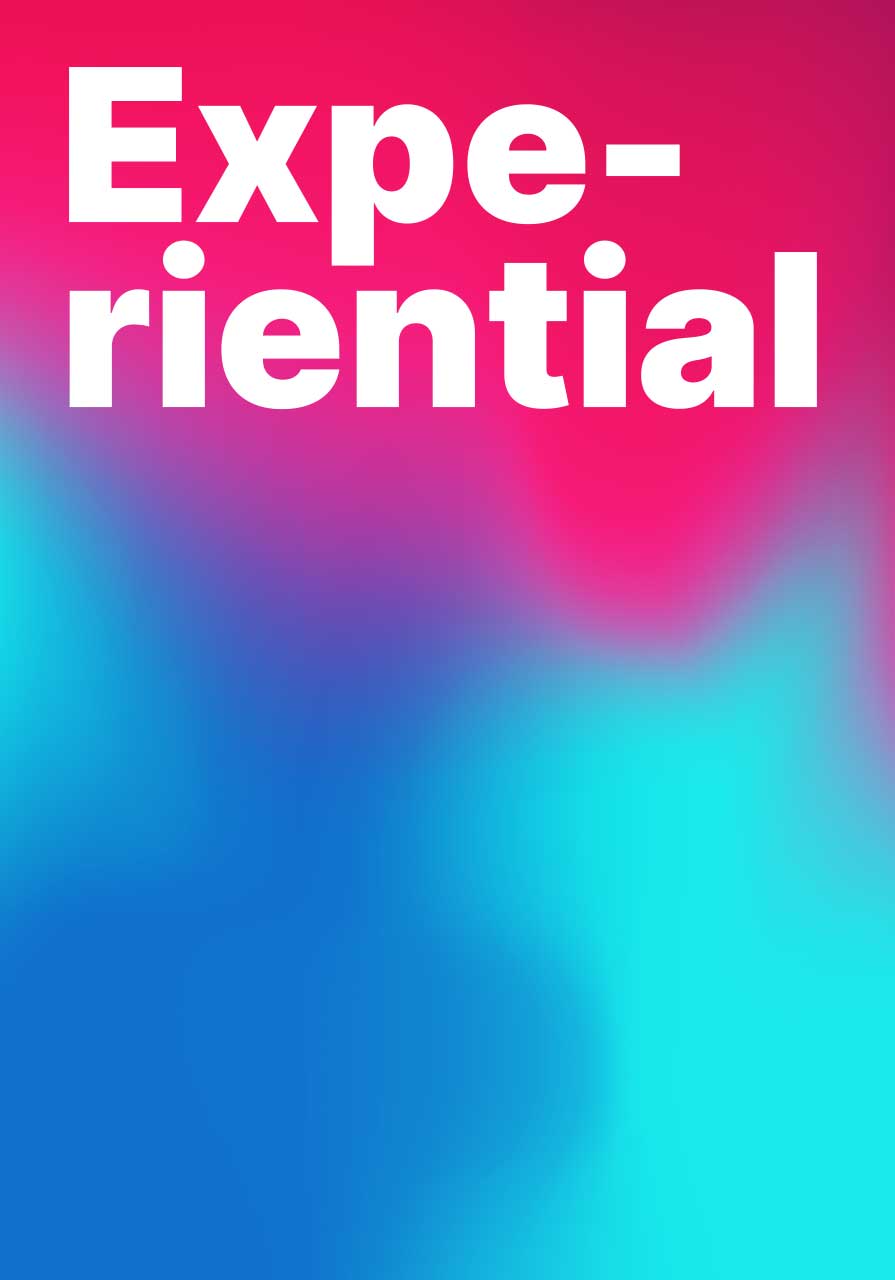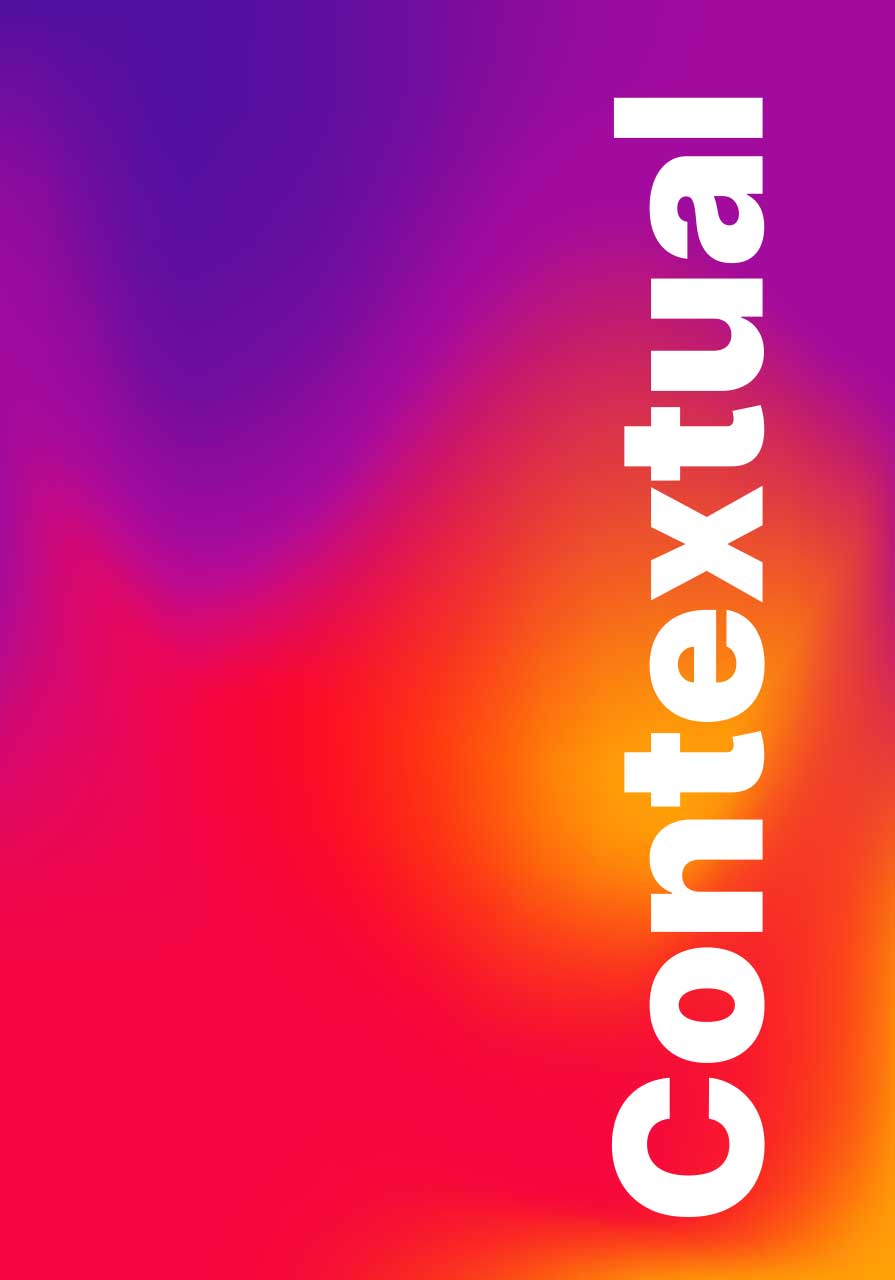Iterative Design
This design model explains on how subsequent versions of a product lifecycle get progressively better with each iteration or version.
A linear process may automatically insist upon the idea of a straightforward and organized procedure. However, without room for flexibility and space to palliate any changes, the design directions become regimented and removed from an agile trajectory. Many designers have leveraged upon an iterative design framework to propel a productive and streamlined model of developing the user experiences within workflows.

Iterative design embodies the process of creating a design and refining it along the way based on user feedback, client collaboration, or internal strategizing. Building upon the cycled layers of a design allows unequivocal possibilities for design that places the user at the centerfold and emboldens a consonant workflow.
Iterative design discovers user needs and behaviors that can lead to a better product by doing cyclic changes in a design, influenced by collecting data during the testing process.
Iterative design discovers user needs and behaviors that can lead to a better product by doing cyclic changes in a design, influenced by collecting data during the testing process.
The Anatomy of Iterative Design
Iterative design, also interchangeable with rapid prototyping, is a pliable approach to digital design not only because it offers a forgiving process to mend pain points and improve touchpoints, but it can be interwoven into a design process within any stage of development. It functions to improve a design as it progresses with new insights and directives. Dissecting the anatomy of what constitutes an iterative framework comes into place within its functioning cycles.
The connection between iterations and user experiences is directly correlated. The graph shows the linear improvement in an average version performance across the array of measurable improvements to the user experience.
Initial Planning
As a digital design begins to take its first breath of life, initial planning acts as the stepping stone that kicks off the design process. Within the scope of preliminary planning, developers can determine the initial requirements, goals, and directions of a digital interface. The ideation of possible design routes unfolds here before embarking on a trajectory. The inclusion of initial planning within iterative design is subjective, as iterations or versions can occur within any stage of development, however, it does function as the catalyst that sets the process into motion as it pulls apart the layers until the final outcome is achieved.
Prototyping
Prototyping is a vital touchstone with any process of UI/UX design no matter the workflow framework, as it allows those ideations to take form. Prototyping secures space for initial wireframes and design mock-ups to visually solidify as well as for ideas to be polished. Working prototypes can then put the following cycle steps into motion which includes user testing. Prototyping, however, does not only occur at the beginning of development but it can also be used to create different changes within an already established design.
Testing and Evaluation
Prototype testing can come to fruition internally as a team of developers and externally between users and clients. With collaboration between clients and developers, it opens up the conversation on changes that need adjustment as well as flattening out any kinks that have surfaced—this truly propels productivity as it catches errors sooner rather than later in development. Internal and external collaboration not only insists upon a fluid approach, but it also strengthens a sense to human-centric strategies that prioritize the needs of a user and ultimately human connection within communication.
Refinement
Refining a design based on client or user feedback and internal ideation on the mending process, the contours of an interface begin to carve out. However, although refinement is considered one of the final steps of an iterative cycle, it does not necessarily mean completion. Rather, the steps repeat as often as necessary until a finalized product is ready for launch. The oscillation between feedback and mending functions at the core of iterative design to promote steady development.
Why Iterative?
A malleable design configuration can transcend established procedures to encourage productivity and a happy user. Versioned iterations are beneficial to the entire spectrum of those involved—UX developers, UI designers, clients, and of course, the user.
Soothing Fault Lines
As stated, early detection of errors and changes can be caught sooner rather than deeper into the development process. This is achieved through constant feedback and analysis of a development’s delineation which in turn functions as a driver for internal productivity and a client that feels as included in the progress as much as a developer is. Iterative cycles offer an analysis of the process itself which simply put, results in continual improvement and rapid prototyping. Time, efforts, and overhead is greatly reduced because there is less time wasted on continual testing, and more time saved as a process is evaluated consistently before launch.
Design Workflow
Iterations work much more fluidly than say for example, a waterfall workflow which is much more linear in its process, and instead coincides with agility. Agile—or a workflow that is curated in a set of stages— utilizes versions within every step of its process, and it allows a digital interface that resonates best with users due to the collaborative feedback. However, this propels an efficient work system because team members become aligned with that feedback and ideations, which then allows project management to become diaphanous. The changes that need to be implemented can be broken up into different tasks between different designers, but the core scope of the project remains clear and focused.
Iterative design cycles the design, prototype, testing, and refining progression all within a full-circle approach. In UI/UX design, user experiences are at the heart of the interface, and iterative promotes an efficacious way of achieving that.



